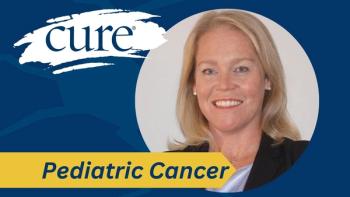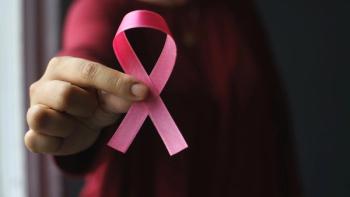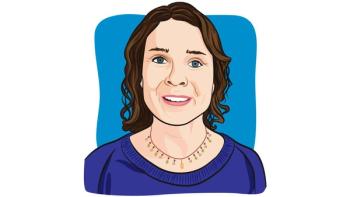
Little Caregivers
Involving children in cancer caregiving may lessen fears and help with understanding.
Although Tessa Mae Hamermesh was only 4 when her grandmother was diagnosed with cancer, she helped care for her in her own special way. “I made her cards, cuddled with her, watched movies, ate popcorn, put on plays, sang to her, gave her presents, and did many, many things to help her,” says Hamermesh, now 11.
Hamermesh’s grandmother, Beverlye Hyman Fead, said she was able to explain to her—in an age-appropriate way—her diagnosis of stage 4 leiomyosarcoma, a rare soft tissue cancer, and made sure that Hamermesh was still able to spend time with her.
“She was staying with me when I had my biopsies, so I had her be my nurse, and she was very excited,” Fead says. “I told her I had a boo-boo in my tummy, and she would bring me water, and we ate dinner and watched TV together. I think that really helped to have her with me,” she says.
Nana, What’s Cancer?—
Since Fead’s cancer diagnosis, she and her granddaughter have written a children’s book published by the American Cancer Society to help adults and children talk about cancer. The two hope the book will help families discuss cancer in a non-scary way so children feel included and not left out, Fead says.
When a loved one becomes ill, friends and family often step in to provide care, which may be given by children as well as adults. According to a 2005 national survey from the National Alliance for Caregiving, there are approximately 1.3 to 1.4 million child caregivers between the ages of 8 and 18. Of these, 31 percent are between the ages of 8 and 11, and 38 percent are between the ages of 12 and 15. The remaining 31 percent of child caregivers are 16-18 years old. The NAC defined caregiving as performing tasks such as helping with personal needs, meals, chores, shopping, paperwork, and medication.
Involving children in the caregiving process can be tricky as there “definitely needs to be a balance between helping and not giving too much responsibility,” said Julie Germann, PhD, a pediatric psychologist with the Center for Cancer and Blood Disorders at Children’s Medical Center in Dallas. To that point, the NAC survey found that at least three-quarters of child caregivers who help with any given task have an adult’s help.
Germann said it is important to first explain to a child the diagnosis, why the patient is tired, losing hair, and sick so the child is not scared or doesn’t think that he or she can catch it. It is also important that this is done in a developmentally appropriate way, Germann said, which comes from knowing your child, how much information he or she can handle, and whether more information is helpful or overwhelming (see the article “Straight Talk: What kids need and want to know when a parent is diagnosed” for more information on this topic).
Kids need to be reassured they can still be involved with that person, but just in different ways now, Germann said. When it comes to caregiving, they can do many small things that will benefit them and the patient.
“They still get to do things and feel more normal,” Germann said. “Maybe they can’t go around riding bikes, but they can play a board game, and take into account the cancer patient’s level of energy and tone down activities. It helps patients not (to) feel isolated.”
But young children shouldn’t be responsible for tasks such as giving medicine or making sure medicine is taken, Germann said. She said it is more common for teenagers to be given this heavy a responsibility. For younger children, it is better to focus on small tasks that allow the child to feel helpful without feeling overwhelmed or burdened.
“It’s helpful to have conversations about normal daily life on both ends,” Germann said. “It will often come back to the cancer, but it helps to cope with the situation in two ways: it helps the child know that not every moment is focused on illness; and for the family member with cancer, it helps them focus on life outside of cancer—the joy, excitement, and sharing, and keeping that family communication going."




